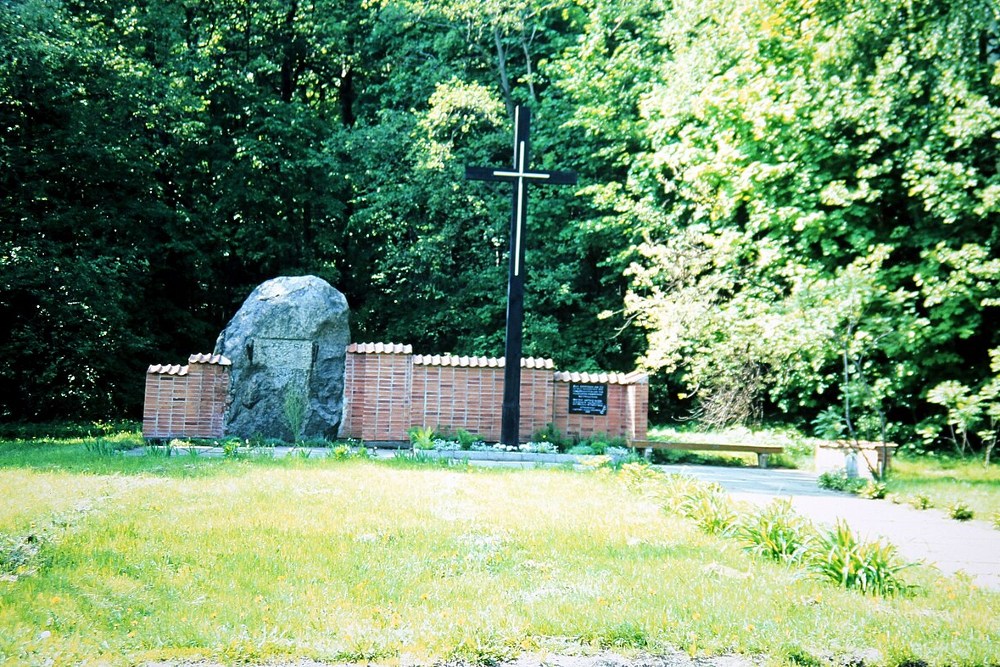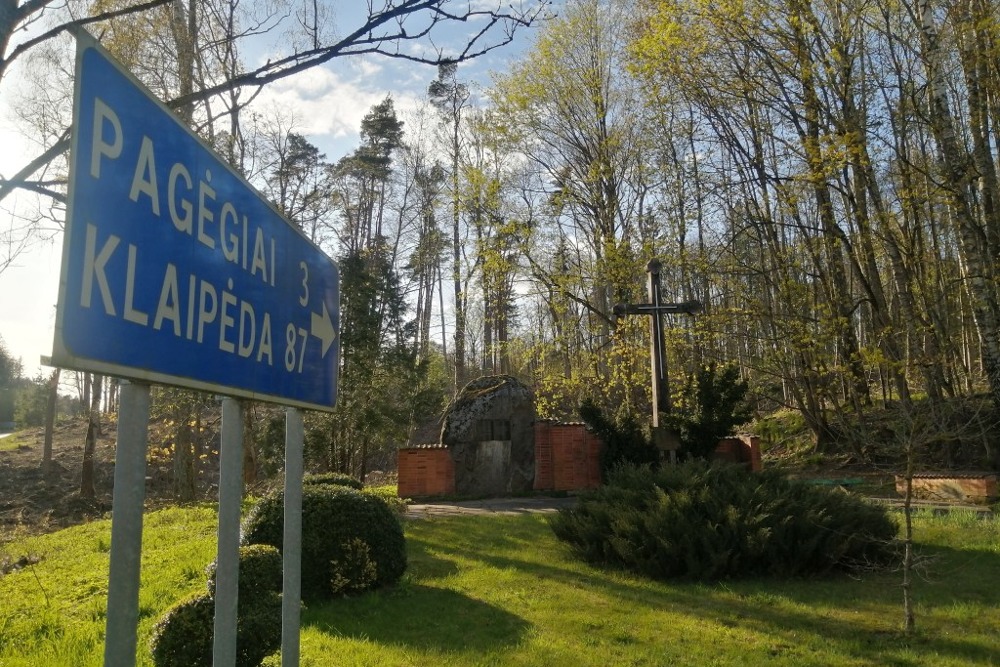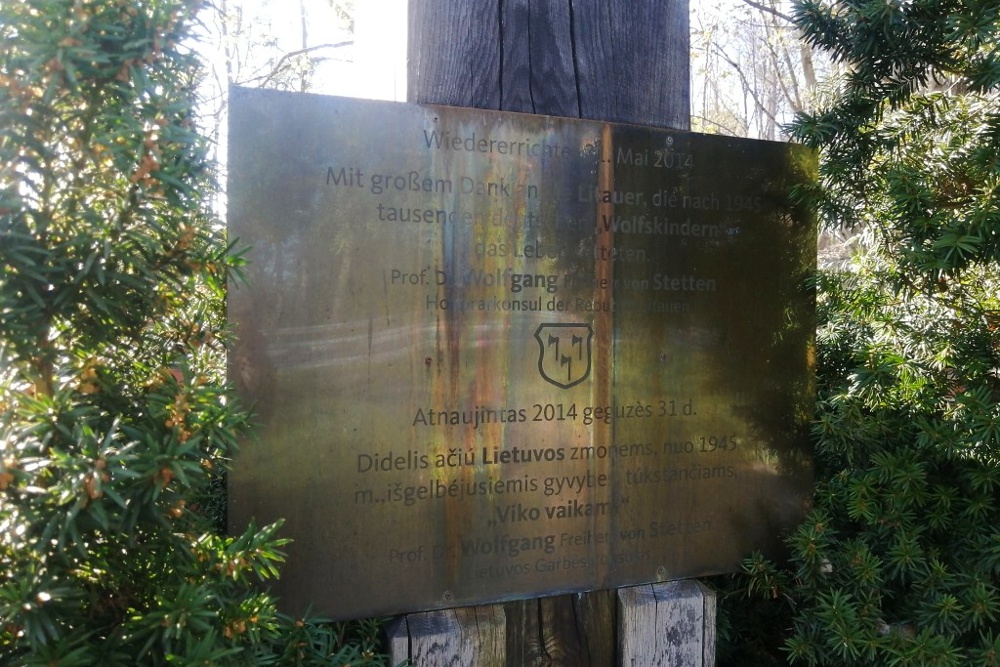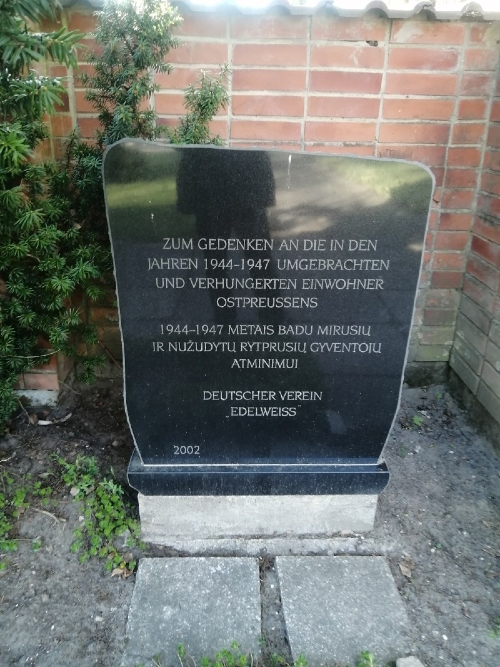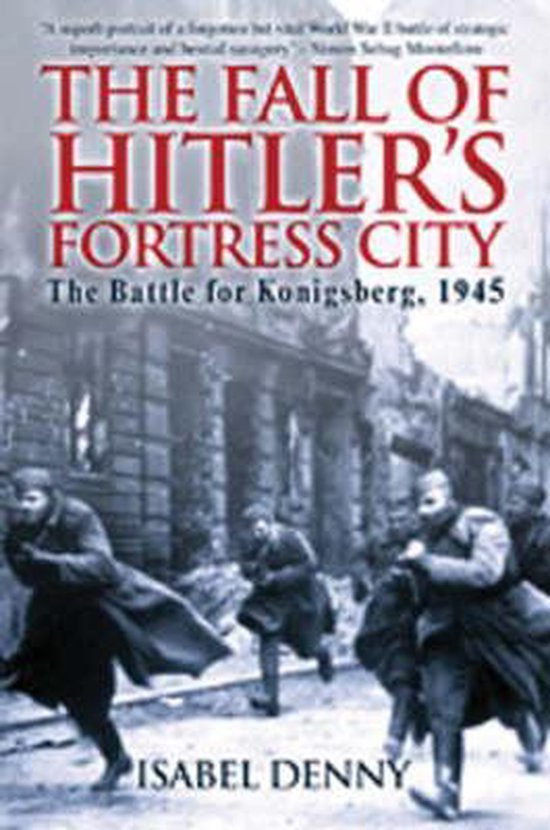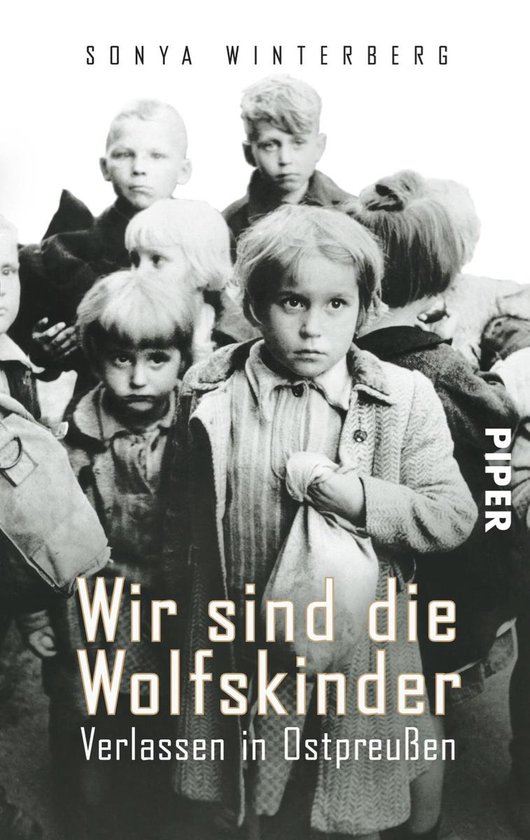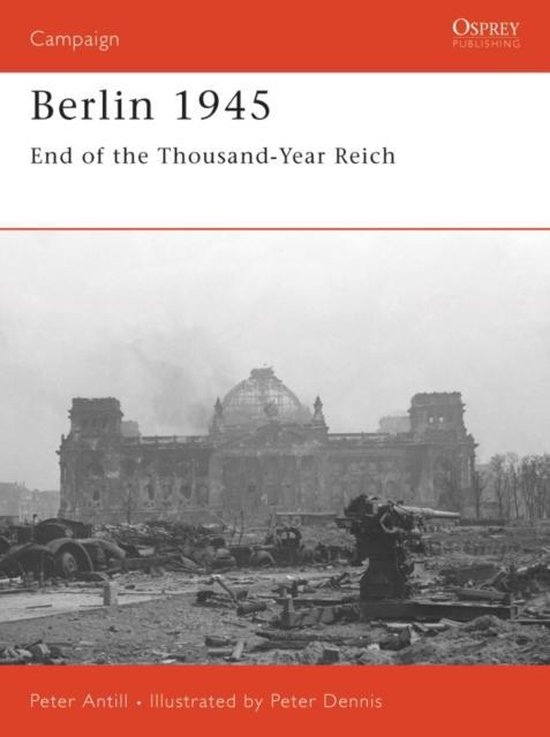Memorial Wolf Children
From autumn 1944, the (German) population of East Prussia fled from the advancing Red Army.
During the sieze by the Red Army in 1945, the city of Königsberg (now Kaliningrad) was surrounded by the Russians. The city contained 120,000 civilians, including many women, babies, children and young people. The German army, which formed a triple ring around the city, forbade shooting anyone who wanted to flee under threat of death.
After taking the city, the Red Army took revenge in a horrific way. They disregarded the population - regardless of age. Countless women were raped and/or killed, and after the division of East Prussia between Russia and Poland, the remaining survivors were expelled. This applied not only to the citizens of Königsberg but to the total population of East Prussia.
The flight of these Heimatvertriebenen took place under terrible conditions with extreme hunger and dying in the snow. Many children were orphaned or lost their parents. They often wandered around for years and many of them eventually stayed behind in Lithuania, or ended up in the Soviet Union.
They were-and still are-called the Wolf children. Their stories (they founded an association after the fall of the Wall: Edelweiß Verein) are unimaginably cruel, violent, sad and unimaginably harsh. Still today, those still alive or their descendants are searching for their true names or families.
Some examples from books and accounts of experience (e.g. by Sonya Winterberg: Wolfskinder): A Russian soldier wanted to rape a woman who had her six-year-old child on her lap. She refused and he shot her even though the child was sitting on her lap. As was the running over of children by trucks (also described in Ms Winterberg's book from an experience account).
For them, not far from the border with today's Russian enclave of Kaliningrad, this monument was erected in 1992.
Do you have more information about this location? Inform us!
Source
- Text: Olivier Marx m.m.v. Jan de Jager
- Photos: Ruth Leiserowitz (1), Wolfskinder Geschichtsverein (2, 3, 4)
- https://www.memorialmuseums.org/denkmaeler/view/1506/%C2%BBWolfskinder-Denkmal%C2%AB-
- SONYA WINTERBERG, Wir sind die Wolfskinder, Piper Verlag gmbh, München, 2014.
